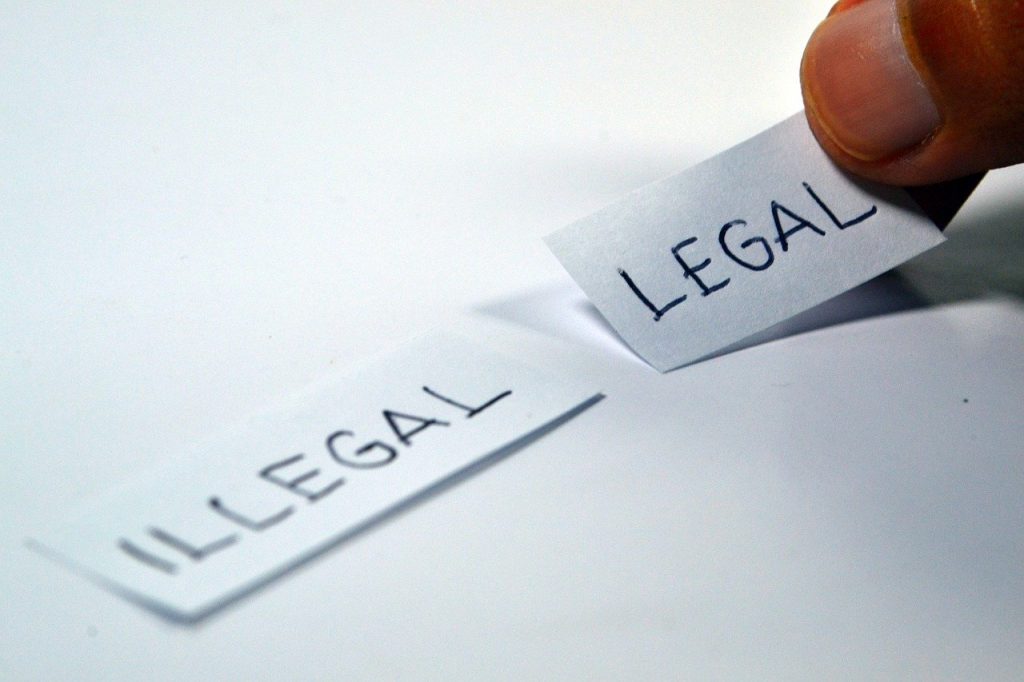What Can a CNA Do and Not Do?
CNAs are considered the backbone of nursing. These healthcare workers often provide the majority of hands-on patient care duties that include assisting patients with bathing, grooming, dressing, helping with walking, transfers from one place to another, turning bed-bound patient position, feeding, toileting, and many other essential activities of daily living commonly termed ADLs.
A certified nursing assistant works under the supervision of an LPN, Vocational Nurse, or Registered Nurse depending on the facility or healthcare practice. A CNA may be more limited in the scope of their duties that they are allowed to legally perform depending on the location of the care setting.
State laws that oversee healthcare workers like CNAs can differ significantly. A CNA working in one state may be seen passing meds in assisted living environments, and CNAs working in another state may only be able to monitor or supervise capable patients as they take their own medications.

Can a CNA Draw Blood?
Yes, a CNA can legally draw blood in some states if they complete and pass further phlebotomy training classes. However, not all states allow this.
Can a CNA Give Shots / Injections?
No, most CNAs are not legally allowed to prepare or give intramuscular or IV shots or injections. Insulin and heparin must be given by an LPN or RN, sometimes requiring two nurses as a safety check.
Can a CNA Administer Medication?
Yes, in some states, CNAs that pass additional medication administration training to become a medication tech can give some medications. These may include oral, nasal (nose), optic (eye), otic (ear) or topical (dermal-skin) types of medications under nursing supervision.
Can a CNA Do Wound Care?
No, open wound care is something RNs perform. They have the knowledge/skills to assess wound depth, type, and wound treatment, positive or negative changes. However, nurses rely on their CNAs to report changes in skin condition promptly if seen during patient showering, toileting, or dressing.
Can CNAs Take Blood Sugar?
Yes, some assisted living facilities allow CNAs to get patient blood sugar readings and perform blood glucose machine checks to ensure accuracy.
Can CNAs Insert Catheters?
No, a CNA may not insert catheters or remove them. Nurses are responsible for ensuring patient safety during catheter insertions or removals. CNAs can monitor fluid intake and output from urinary catheter bags and empty them when full.
Can a CNA Do Dressing Changes?
Yes, most assisted living facilities allow CNAs with the proper training to perform non-invasive and uncomplicated dressing changes under the supervision of an RN. Typically, the nurse will be there to assess any wound, then the CNA completes the dressing change.
Can a CNA Do Tube Feeding?
No, only nurses should do tube feedings. This requires accurate nursing assessment skills that nurses are taught.
Can a CNA Do a Sputum Test?
Yes, a CNA can collect a sputum sample after proper training.
Can a CNA Do a Bowel Evacuation?
No, only RNs should attempt bowel evacuation measures. This can be dangerous otherwise. There is a risk of a vaso-vagal response that may cause the patient to pass out or even trigger a stroke.
What Are CNAs Not Allowed to Do?

CNAs must adhere to their state’s CNA guidelines of care. In general, CNAs should not do anything considered invasive, dangerous or neglectful.
Contact your state CNA registry to determine what you can or cannot do in your specific area.

Comments